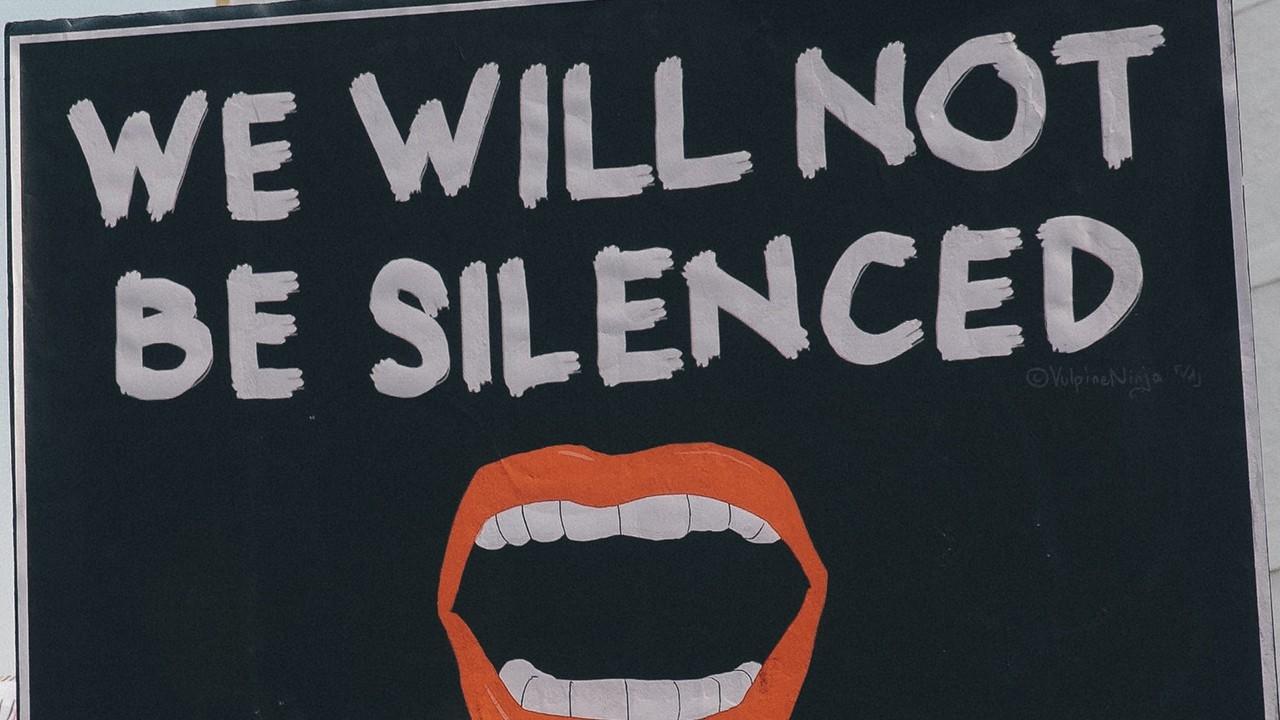What we can do to disrupt social hierarchies at work

Plaintiffs, courts, and employers tend to not see discrimination as a systemic problem, say the authors of Rights on Trial. Courts and employers tend to address discrimination individually. The result: a general commitment to the ideals of civil rights while delegitimizing workers claims and blaming victims — with a diluting of law, undermining of rights, and reproduction of hierarchy. Discrimination law is not intended to disrupt the authority of the managers in running the employer organization, which are overwhelmingly managed by the traditionally advantage social group in American society: white men.
Frivolous claims are a myth. While implicit bias is the more common form of discrimination, most instances of reported discrimination were not subtle. Still, the vast majority of potential grievants do not file with the EEOC or in federal court. “Only one in 100 potential African-American grievants filed a charge with the EEOC, and 13 in 10,000 potential African-American grievants fil...
The key to advocating for healthy workplaces

A few years into my advocacy for workplace abuse legislation, I co-led a small business. I quickly realized that knowing what not to do didn’t necessarily translate well into what to do. What were best practices for bringing out the best in employees? How could I work to help workers feel fulfilled and strong? What did I need to gain self-awareness of to prevent a toxic culture? These questions led me to dive into what it took to create a healthy workplace.
The toxic culture
In his book The Bully’s Trap, Andrew Faas dissects the cultures that lead to abuse in the first place. He says that in toxic cultures, employers see employees as expendable. When employers consider workers a means to an end rather than associates, that’s exploitation. Here are some key factors in a toxic culture:
- Higher-ups are out of touch. They focus on short-term results at the expense of long-term performance. They focus on power to bring about those short-term results. Power is addictive, and fear fuels pow ...
